Bridgeless Cross-chain Transfers
The global landscape of blockchain technology comprises a wide array of blockchain networks, each with its unique set of protocols and functionalities. This diversity poses significant challenges for projects and users alike as they operate across various blockchain ecosystems. Interoperability holds the promise of solving these challenges, by facilitating seamless transactions across blockchains, maintaining transaction security and integrity thus unlocking the full potential of blockchain.
Laysion Network Architecture
Source Chain
Contract
Consensus
Layer
Target Chain
Contract
 Bridgeless Transfers
Bridgeless Transfers
Laysion facilitates cross-chain transfers without the need for traditional bridging. This eliminates the risk associated with bridge exploits, as liquidity providers on each chain do not receive liquidity back on the other chain. Assets are safeguarded by their respective protocols, ensuring a high level of security and trust.
 Decentralization
Decentralization
Laysion operates on a distributed network of nodes that are not controlled by any single entity. This decentralized approach ensures a democratic and transparent system where decisions are made collectively by the community. Our governance model empowers stakeholders to participate in the decision-making process, fostering a truly decentralized ecosystem.
 Security
Security
Laysion leverages the robust security features of the respective blockchains and the Bridgeless Layer nodes. Through the use of advanced cryptographic techniques and fraud proofs, Laysion ensures the integrity and safety of cross-chain transactions. Our security framework is designed to provide users with a trustworthy environment to engage with various blockchains.
Roadmap
Q2
2024
Laysion blueprint planning & execution strategy
SWOT analysis of Laysion
Native Layer 1 Market Analysis
Interoperability feasibility across targeted chains
Architecture design for interchain tapping
UI/UX conceptualization
Project mechanics
Team expansion
Q3
2024
Grants and support from other projects
Layer 1 & 2 Wallet Partnerships
Collaboration with projects geographically to penetrate into domestic markets
Q4/1
24/25
Airdrop campaigns
$LAY Listing
Layhub network construction
Layhub node deployment including
LEV cross-chain establishment
Testnet deployment
$LAY validator initiation (delegation)
Multichain interoperability integration Testnet
Q2/3
2025
Multi-token staking programs
Re-staking programs
Mainnet Deployment
Further security audits
NFT compatibility integration
AML/CFT compliance modules
Partnerships
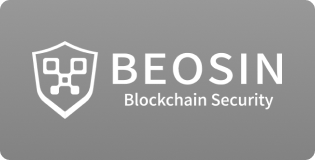
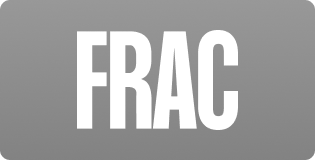

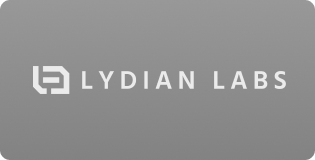

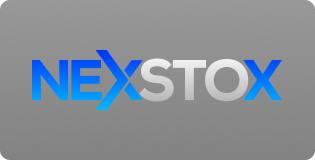
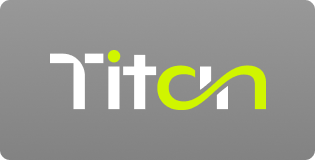

Team Members
.png)







Frequently Asked
Don’t see your question answered here?
Contact us and we’ll personally address it!









